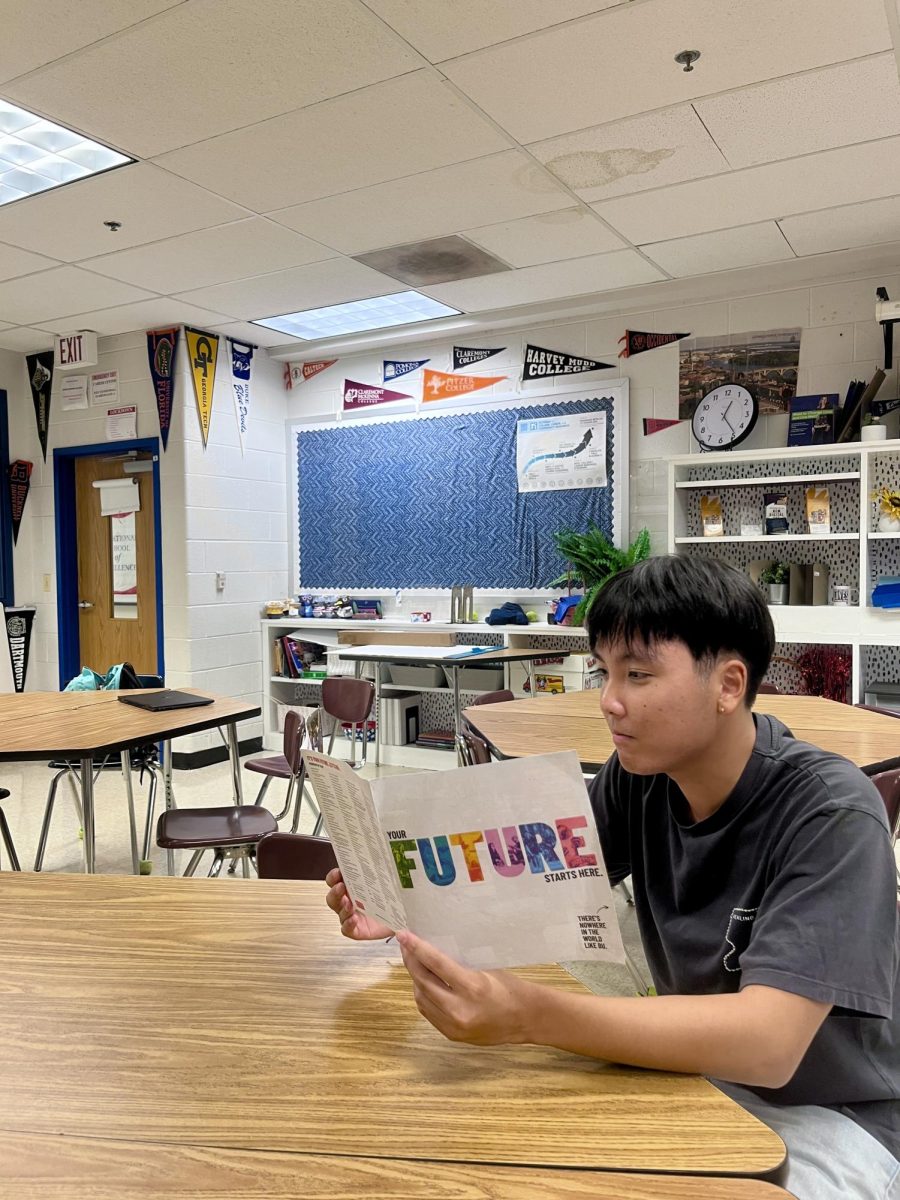Coming to the restart with seven laps to go in the 2012 Grand Prix of Baltimore, Ryan Briscoe leads the field back to the green flag through the turn 13 and 14 chicane on Pratt St. But just as the starter waves the green flag Ryan Hunter-Reay catches out a slowing Briscoe and gets the jump on him heading into Turn 1; Simon Pagenaud makes a move past Briscoe to move up to second. As the field races through Turn 2 and down Light St, Pagenaud is right on the gearbox of Hunter-Reay and they jostle for position into the hairpin, they stay side-by-side through the exit of Turn 3 and into Turn 4. But chaos erupts further back with Mike Conway hitting the tire barrier at turn 4 and Justin Wilson following Conway into the wall.
The Grand Prix of Baltimore, held from 2011 to 2013, was an IndyCar Series event held around a 12-turn, 2.04-mile street circuit encompassing the Inner Harbor and Camden Yards, home of the Orioles. The track utilized the streets of Pratt, Light, Conway, Eutaw, Lee, Russell and Eisten in downtown Baltimore.
The track layout includes the tricky left-right chicane over the railroad tracks on the main straight, the hairpin at turn 3, the quick left-right section of turns 5 and 6, and the long sweeping final three corners at the end of the lap. The circuit was unique at the time because it was one of two circuits on the IndyCar Series schedule whose pit lane was not on the main straight. PE teacher Paul Kirk lived near Baltimore when the track was being prepared in 2011. Kirk said, “I think it’s really impressive how a city can change its roads to accommodate auto racing like IndyCar.”
Announced in June 2010, the Grand Prix was expected to have a $65 to $70 million economic impact on the City of Baltimore. According to Sports Business Journal, Race organizer, Baltimore Racing Development predicted that the race would draw in 100,000 visitors, and a “scenic downtown” race in “proximity to several metro areas, including Washington and Philadelphia” was pivotal to IndyCar’s decision to race in Baltimore. Sophomore Mufhenyi Ratshitgura said, “Having a race so close in an area where you don’t get a lot of racing was nice to have the representation of Maryland racing fans.”
Alongside the IndyCar Series, the Grand Prix would be supported by IndyCar’s 3 developmental championships, collectively known as ‘Road to Indy’ and the American Le Mans Series (today known as the IMSA WeatherTech SportsCar Championship).
The inaugural race was successful and provided great racing action. According to ESPN, the Grand Prix of Baltimore was “the most successful inaugural American street racing event in the past 30 years.” Team Penske’s Will Power survived the traffic jam behind him to dominate the 75-lap race. Power achieved pole position, led the most laps, and won the race by over 10 seconds to his closest competitor. Power after winning the race said it was the toughest race he’d done all year.
At the end of 2011, the City of Baltimore terminated its contract with the race organizer and promoter Baltimore Racing Development. According to CBSNews, BRD owed the city and local businesses $2 million. BRD was additionally sued for cutting down trees alongside the circuit.
In early 2012, the City of Baltimore announced that Downforce Racing had finalized a five-year agreement with the city. But in May of 2012, after Downforce Racing had failed to fulfill its obligations to Baltimore; Race On LLC, and Andretti Sports Marketing—led by Michael Andretti—stepped in to organize and promote the race.
The Baltimore Street Circuit underwent track changes before the 2012 race, after complaints from drivers about the chicane on the main straight, it was removed. Turns 5,6 and 7 were reprofiled, along with the entry of the pit lane.
The 2012 Grand Prix weekend started with track issues, on the main straight, once cars drove over the railroad tracks, they were launched into the air, which led to the opening practice being red-flagged. IndyCar grinded down the asphalt on the railroad tracks and re-established a chicane—a faster right-left chicane with a stack of tires instead of a slow left-right—which proved difficult for the drivers. Multiple drivers crashed at the exit of the chicane throughout practice and qualifying.
The race was pivotal in Will Power’s and Ryan Hunter-Reay’s championship fight. Coming into Baltimore, the penultimate race of the championship, Power’s advantage was 36 points over Hunter-Reay. Power qualified on the pole and led the opening stanza of the race. Hunter-Reay charged from 11th to fifth before Ed Carpenter crashed early at the chicane. Mike Conway and Bruno Junqueira were spun around in two separate incidents at turn 6, and Sebastien Bourdais spun at the final corner as the rain started to fall on the track. Marco Andretti would crash at turn 1 on lap 19, and the yellow ensured that the leaders would switch to wet tires. As the leaders came to pit, Hunter-Reay stayed out and took the lead.
As the race restarted, Dario Franchitti was turned around by Simona de Silvestro, James Hinchcliffe and Charlie Kimball had retired from the race with mechanical issues, and Hunter- Reay controlled the race.
With seven Laps to go, Hunter-Reay was right behind race leader Ryan Briscoe before the final restart. Hunter-Reay blew by him to take the lead and never looked back. Taking his fourth win of the season and keeping the championship alive, trailing Power—who finished sixth—by 17 points into the finale; Hunter-Reay would go on to win the championship by three points.
The third and final Grand Prix of Baltimore would be memorable for one thing: chaos. The American Le Mans Series race had multiple pileups throughout the race, including a massive crash at the start of the race, with the track being completely blocked at one point.
Scott Dixon won the pole for the 2013 Grand Prix of Baltimore, but he would lose the lead in turn 3 to Power on the opening lap. Power, Dixon and Simon Pagenaud dueled for the first 30 laps before Bourdais surged to the lead just before halfway. A yellow for Stefan Wilson would close the field back together. On the restart, Dixon would get tagged by Graham Rahal, spinning him around into turn 1, and blocking the track. As the field approached, there was nowhere for anyone to go, most cars took the escape road, but an eight-car traffic jam brought out the third caution.
The green flag came back out on lap 52, but the yellow would quickly be waved again, as Dixon; trying to make a pass on Power was chopped across, Power moved to the right to make a move on Bourdais but unknowingly blocked the New Zealander and both their cars went into the concrete wall, Power continued but Dixon’s day was done.
On the ensuing restart, there was more chaos, Bourdais made contact with Oriol Servia, who spun him around at turn 1. There was another pile-up at turn 1, with Servia, EJ Viso and Sebastian Saavedra being pitched into the barrier, with a further three cars in the melee.
With seven laps to go, it was Marco Andretti vs. Simon Pagenaud. Pagenaud had fresher tires, and on the front stretch, he made a move on Andretti. As they braked for the corner, they both locked up their tires. Pagenaud had taken the lead, but Andretti got the switchback, and they raced side by side through turn 2 and onto Light Street.
Bourdais would pass Andretti in Turn 5 and challenged Pagenaud for the race lead before being pushed off track by the Frenchman in Turn 6.
Simon Pagenaud would pull away from the drama and chaos to win the Grand Prix of Baltimore, achieving his second career win in IndyCar. Josef Newgarden achieved his first career podium in second place and Bourdais recovered to round out the podium in third.
A few weeks after the race, IndyCar and promoters announced that the Grand Prix of Baltimore would be canceled in 2014 and 2015 due to scheduling conflicts. The race did not return in 2016 and has not been held since. The lack of a corporate sponsor and organizational issues with the race and IndyCar led to the demise of the Grand Prix of Baltimore. Naum said, “I thought the Grand Prix was good for the city because around here, we don’t get much auto racing, the most we get is like a display run from an F1 team, but having an actual race with IndyCar was special.”
With the removal of Pocono Raceway from the series schedule in 2019 and the cancelation of Richmond due to the COVID-19 pandemic, there currently isn’t any IndyCar Series race on the East Coast. Kirk said, “I would love to see the Grand Prix return as it was a great cultural experience.”
But perhaps the newly announced Grand Prix of Arlington means IndyCar will consider returning to the high-stakes, high-drama, and highly chaotic streets of Baltimore.


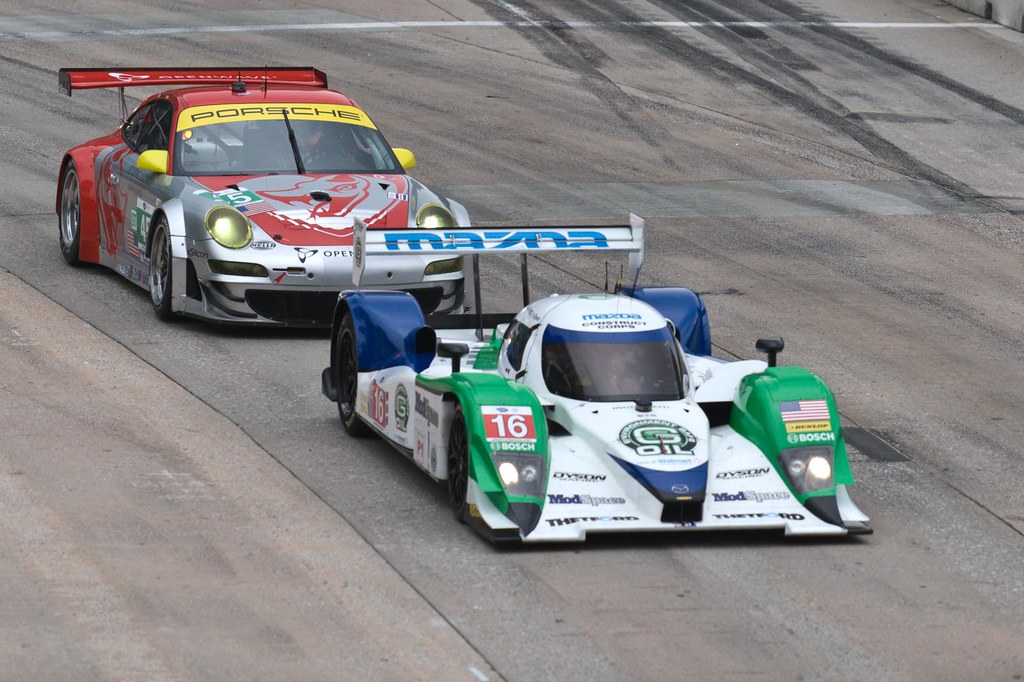
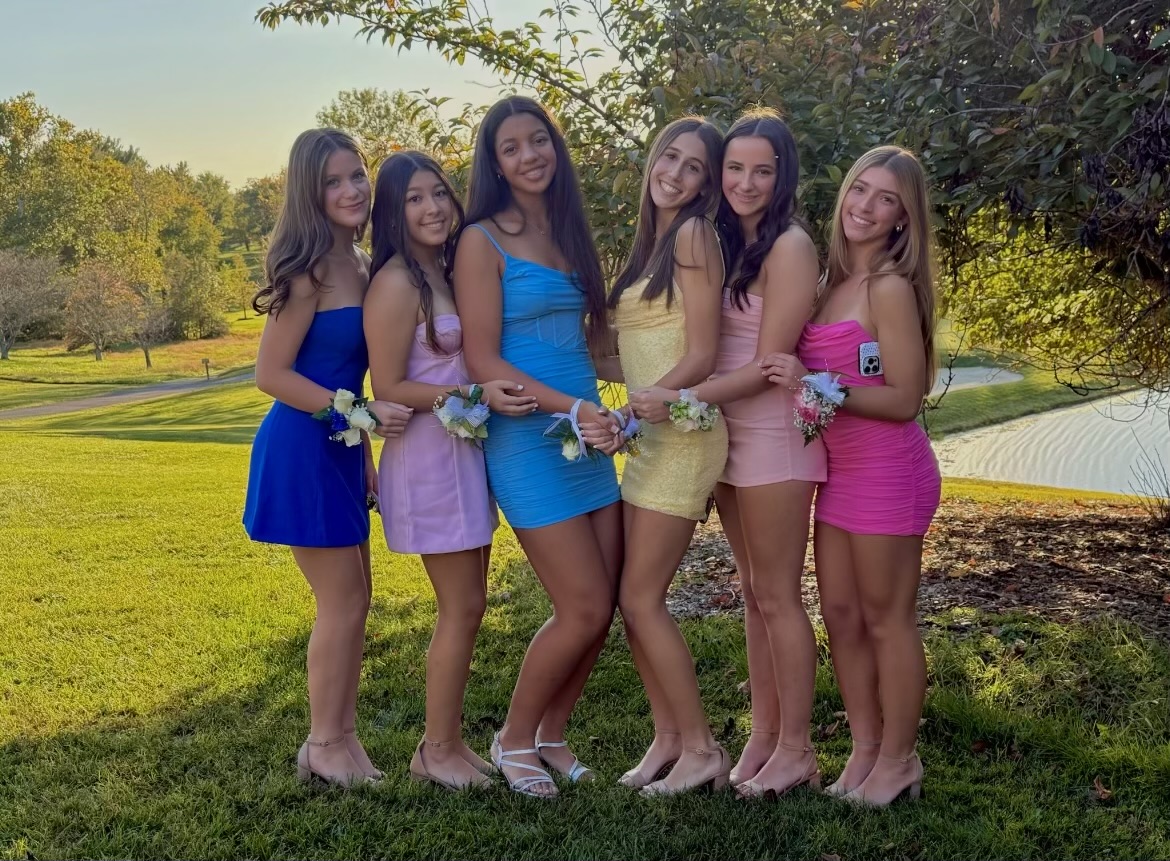
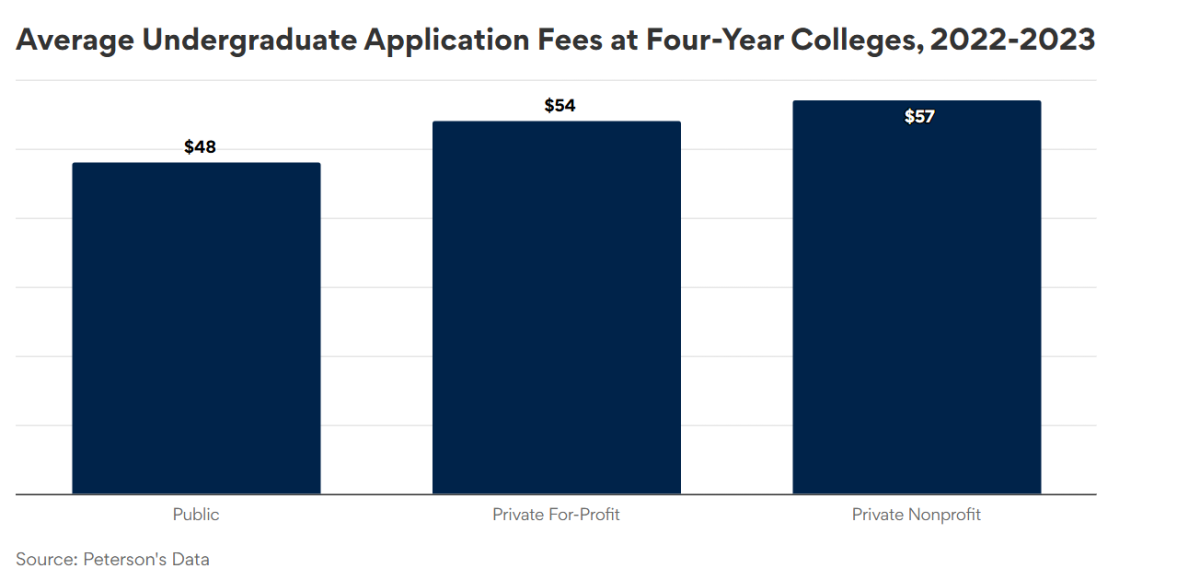
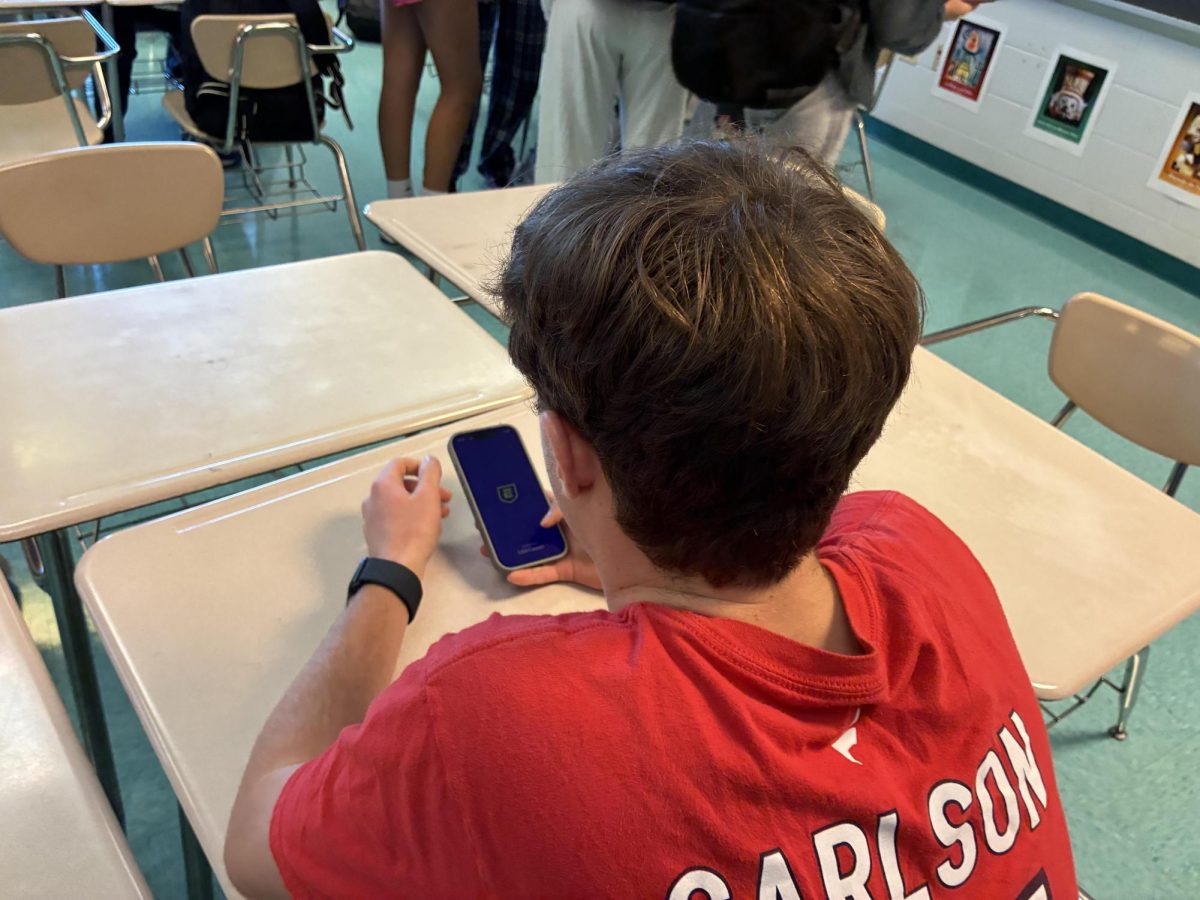
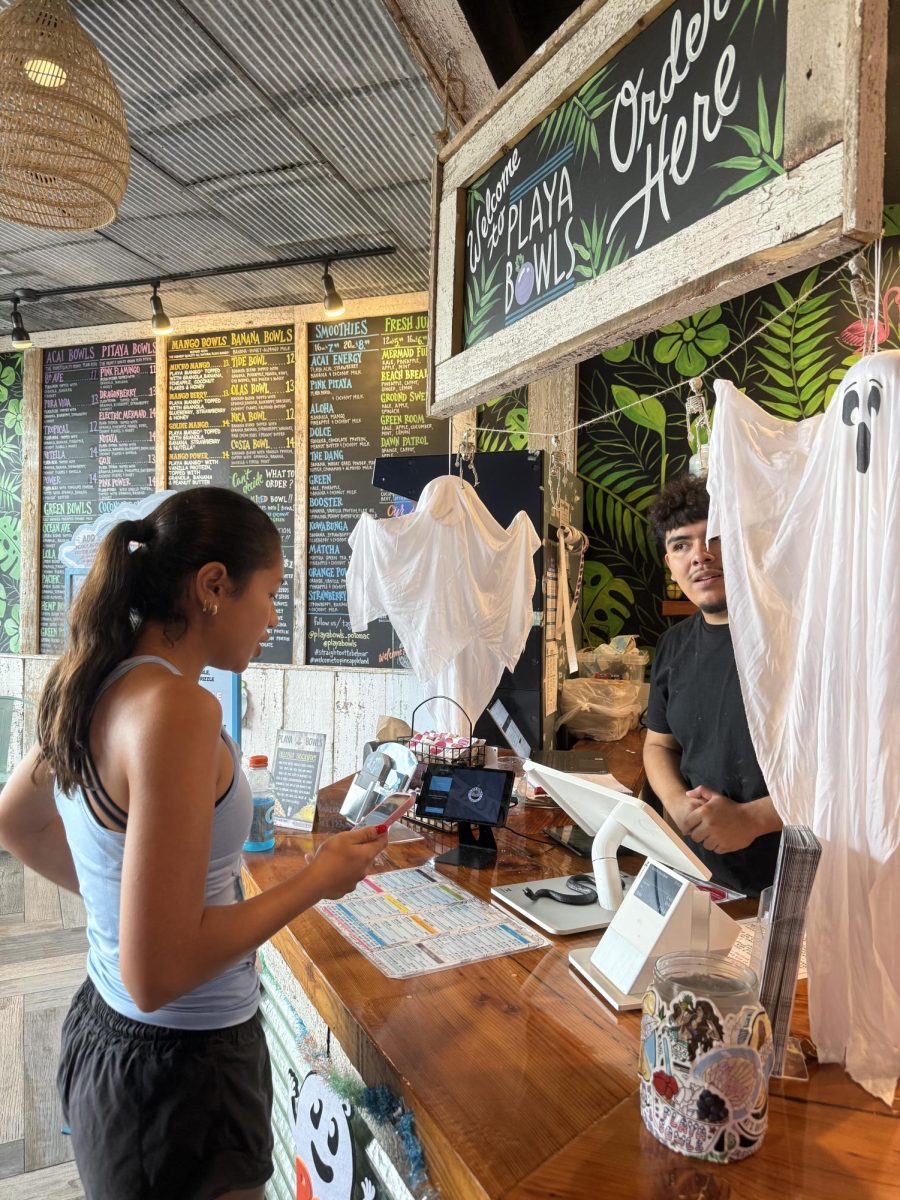
![Editors-in-Chief Ahmed Ibrahim, Helen Manolis, Cameron Cowen, Alex Grainger, Emory Scofield, Hayley Gottesman, Rebekah Buchman and Marley Hoffman create the first print magazine of the year during the October press days. “Only a quarter of the schools in MCPS have programs that are like ours, a thriving, robust program. That makes me really sad. This is not just good for [the student journalists] to be doing this, it’s good for the entire community. What [student journalists] provide to the community is a faith in journalism and that continues for their lifetimes," Starr said.](https://woottoncommonsense.com/wp-content/uploads/2025/10/wmpoFTZkCPiVA3YXA4tnGoSsZ4KmnKYBIfr18p3l-900x1200.jpg)
